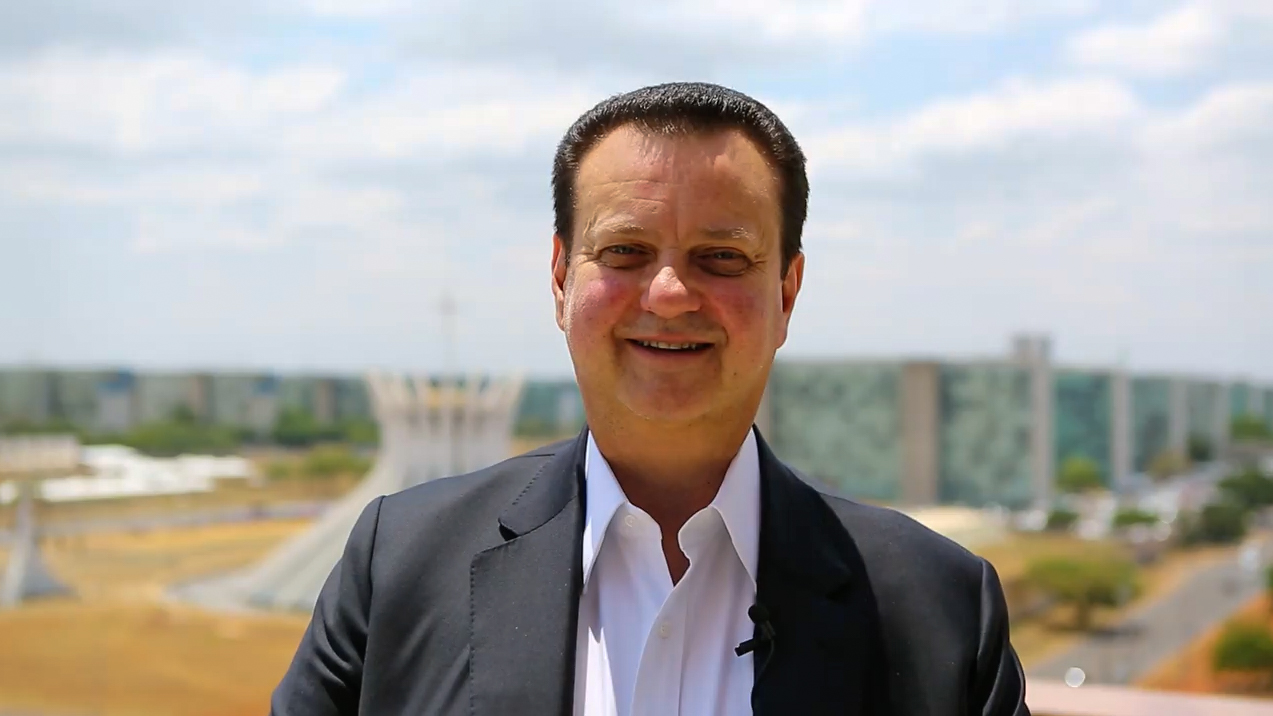LatAm in Focus: A Look at How Migrant Money Cushions Economies
By
Carin Zissis
Remittances help provide food, medicine, and even political stability. Creative’s Manuel Orozco, NYU’s Roy Germano, and Remitly’s Matt Oppenheimer talk remittance trends in pandemic times.
"[Remittances] are filling an important welfare gap." —Roy Germano









